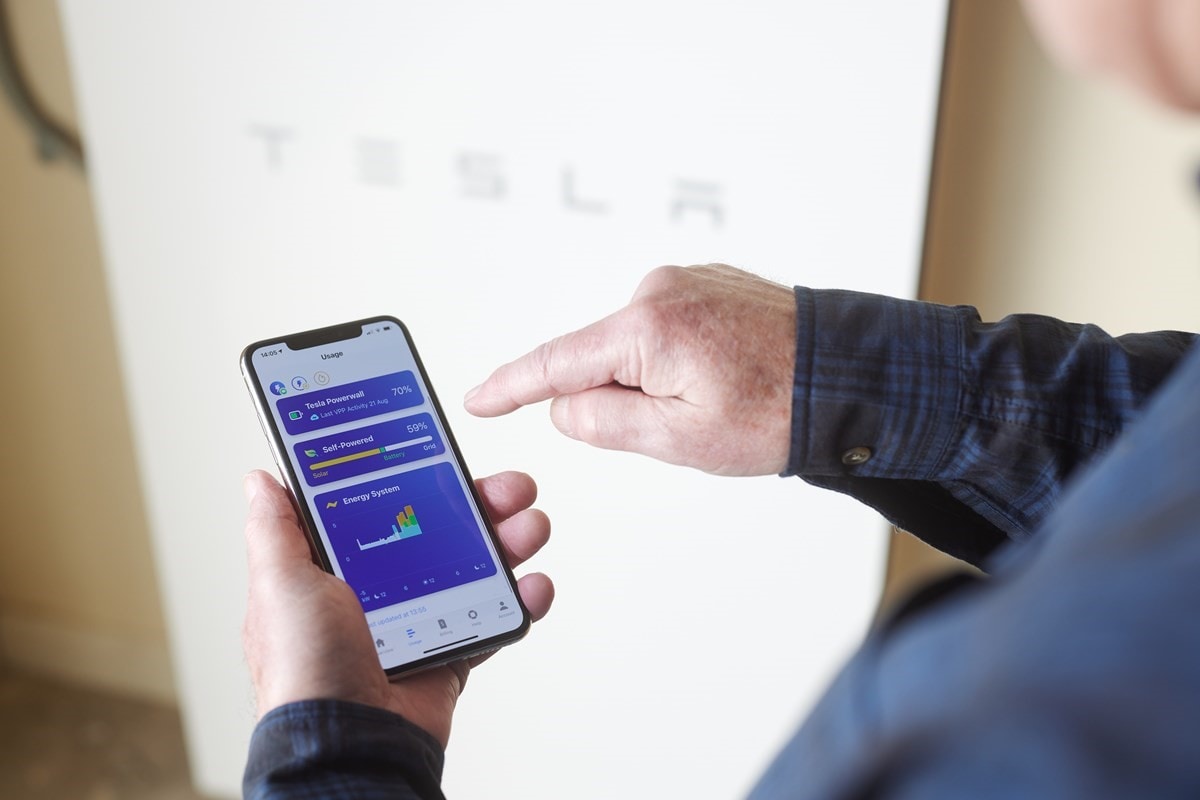Going electric was a no-brainer when AGL eMobility Product Owner Shiv Nandwani and his wife began building their new home in 2021. “I was working in Emerging Products at AGL at the time and it seemed to make sense financially,” he says. “I figured why not take the leap?”
Through his job, Shiv saw firsthand the impact and value of electrifying a home. Building his house was an opportunity to practice what he preached at work. He had already switched to an electric vehicle, so they saw this as the next step in the journey to going all electric.
“In 2021, an all-electric home wasn’t anywhere near as prevalent as it is today. We talked about it conceptually, but few had actually done it.” As someone open to new technology, Shiv was keen to take a step into unfamiliar territory for the sake of his family’s finances and future.



